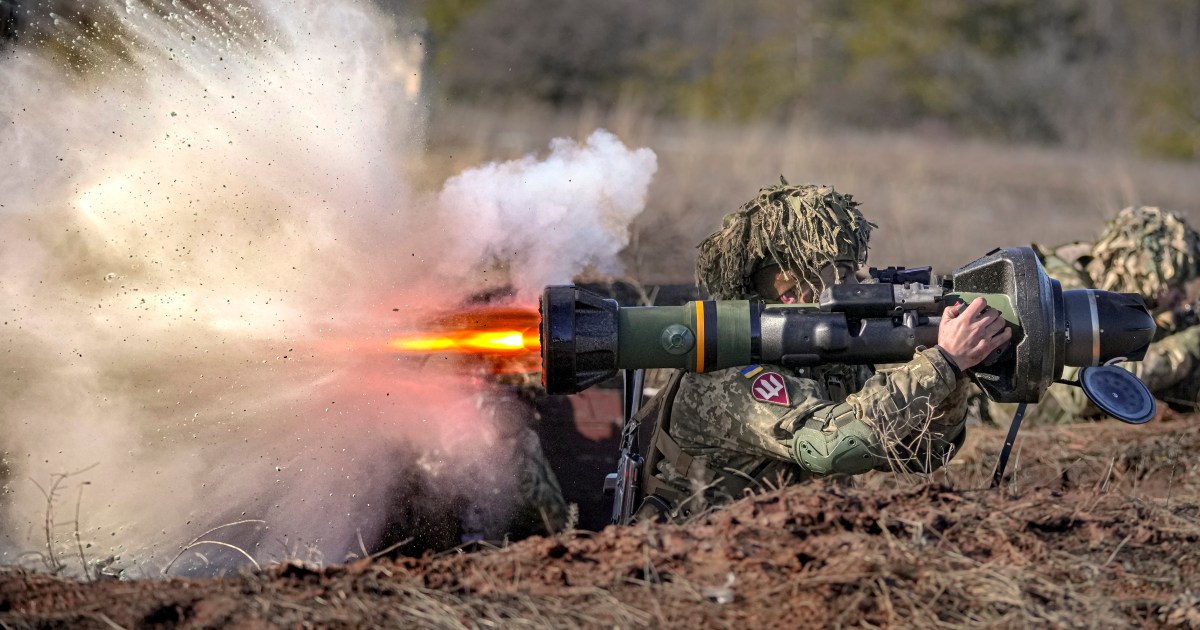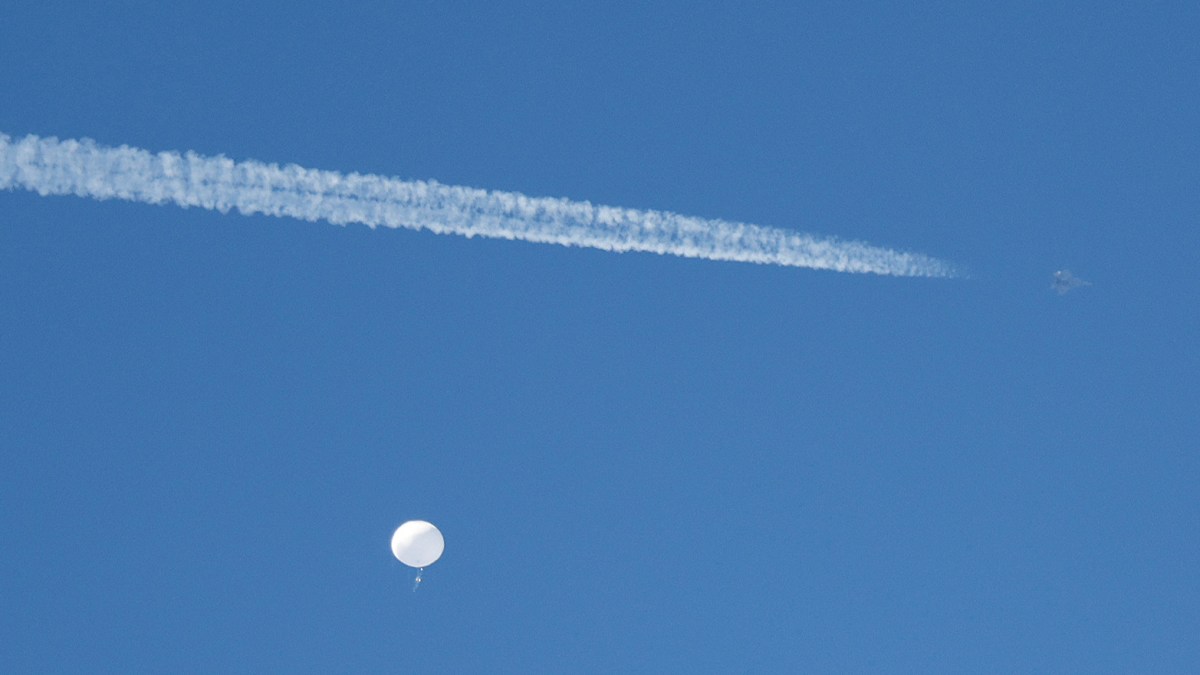The weapons being sent to Ukraine and why they may not be enough
Ukraine has surprised the world by bringing Russia’s invasion to a standstill. Most of the world was aghast when Russian President Vladimir Putin ordered his military to attack its neighbour in late February. The new professional Russian army was expected to make sweeping advances, its reputation for effectiveness not yet earned but assumed.
However, Ukrainian resistance was much stronger than anticipated and Russian armoured columns were not only halted but in many cases destroyed as Ukraine leveraged what weapons it had to the greatest effect, its commitment to defend itself with great energy, surprising Russia and the world. Since then, Ukraine has seen a flood of arms as weapons pour in from Europe and the United States.
At the start of the war, Ukraine had an army slightly bigger than that of France. Well trained, it was mainly equipped with Soviet legacy weapons like the T-72 and T-80 tanks, S-300 air defence missile batteries and a mix of Sukhoi and MiG fighter jets.
Despite Ukraine’s many successes, the stalling of Russia’s lacklustre advance and Ukraine’s denial of its airspace to Russian jets, the attrition of the conflict on Ukraine’s inventory of weapons was inevitable.
Ukraine will need an influx of heavy weapons if it is to survive and prevail over the next Russian offensive. Russia’s reputation is in tatters, its military now a byword for ineptitude and brutality. Putin has scraped together weapons and troops from beyond its borders to concentrate on the coming assault. The promotion of General Aleksandr Dvornikov, infamous for brutal tactics in Chechnya and Syria, means he is now in command of Russian forces for the next phase of this war.
Russia has transferred most of its troops and armour that were stationed in Belarus, distributing its forces so they focus on the east of Ukraine, the Donbas being the main target. With Russian military concentrations in the north near Kharkiv, in the south near Mariupol and now large concentrations in the east, the Ukrainian mechanised units holding back Russia are in danger of being surrounded and cut off.
What Ukraine needs and what is being sent
With the coming offensive in mind and six weeks into an industrial-level conflict, Ukraine’s need for heavy weapons systems is acute. At the top of the list are fighter jets, something the European Union and the United States have been reluctant to provide.
The EU and the US have approached countries in Eastern Europe that still operate the MiGs and Sukhoi jets Ukraine desperately needs. The deals fell through as neither Russia’s neighbours nor the West want the Ukrainian conflict to spread and become a wider war, probably involving NATO, with the potential for nuclear weapons use firmly in everyone’s minds.
The weapons sent so far are of a defensive nature. Slovakia provided S-300 missile batteries for Ukraine to keep Russian air attacks at bay. Russian jets now need to fly below radar cover as Ukraine’s air defence network is very much up and running, and Russia’s losses were heavy in the first days of the war.
Russian fighter jets flying low have become easy prey for shoulder-launched air defence systems like the Skystreak sent by the United Kingdom and the Stinger sent by the US.
MANPADS, or Man-Portable Air Defence Systems, have had a huge effect on the war. Russia’s losses of fighter jets and helicopters have been substantial, enough to blunt attacks.
Other shoulder-launched weapons like the Javelin have devastated Russian armoured columns. The nimbler, more mobile Ukrainian forces were able to launch heavily armed raids against Russian targets and destroy them before quickly escaping.
But US stockpiles are running low. A third of its Javelin inventory has been sent to Ukraine already and US military planners need to keep a stockpile for their own defence purposes should a conflict break out with one of the US adversaries like Russia, North Korea or China.
Last week, President Joe Biden directly appealed to American arms manufacturers to help increase their production of handheld weapons to meet the demands of the Ukrainian military.
Nevertheless, the US’s decision to transfer 155mm heavy artillery is a departure from its proviso of donating only defensive military equipment to Ukraine. Whatever it provides will be gratefully received as Ukraine has clearly demonstrated it can use whatever weapons it has to great effect. Drones and loitering munitions, known as kamikaze drones, like the Switchblade, have made themselves felt on the battlefields of eastern Ukraine.
The US is not the only weapons provider that has relaxed its weapons transfer policy, Europe’s ideas on defence have changed dramatically in the last six weeks.
EU’s collective defence policy
The EU’s collective defence policy has been galvanised by the Ukrainian conflict. Several results have emerged: the EU is now acting more like a bloc rather than a disparate collection of loosely affiliated countries. It has provided more than $1.6bn in military aid to Ukraine. In a clear show of solidarity, the bloc’s President Ursula von der Leyen visited Kyiv, pledging Europe’s support and stating that Ukraine had a “European future” and its membership of the union would be fast-tracked.
The idea of collective defence based around an EU armed forces is now a major consideration. So far, only a rapid deployment force of 5,000 has been agreed to, a far cry from an EU army that has its detractors within the bloc. However, the invasion of Ukraine is steadily changing that as Europeans wake up to the fact that Russia has no compunction about using overt military force to achieve its foreign policy goals.
Germany has reversed its longstanding aversion to increasing its military power by allocating significant amounts of aid to Ukraine while assigning an extra $112bn for defence spending. Germany’s defence budget was $50bn in 2021. It also pledged it would raise its defence budget to 2 percent of its gross domestic product (GDP) within a few years.
The EU is still trying to keep the level of aid just below the threshold that might risk an escalation of the conflict beyond Ukraine. This is being tested by Germany’s arms giant Rheinmetall, which has offered to refurbish and send up to 50 Leopard 2 main battle tanks to Ukraine, along with an offer to train Ukrainian tank crews. The fact that this is a “private” offer from a company, not a country, keeps the potential for a response from Russia in check, although Russia would be acutely aware that a deal of this size would not be allowed to go ahead without the approval of the German government.
Ukraine, battered and beleaguered by more than six weeks of war is bracing itself for an offensive that will shape the outcome of the conflict. Both sides have much to lose and are looking to break the bloody impasse that has temporarily frozen Russia’s strategic advance.
The weapons Ukraine receives will be vital to that outcome but its air force has been reduced and is exhausted. For the coming battles to be decisive for Ukraine, it will need airpower and that is the one thing the West has repeatedly refused to provide, fearing a wider conflict that draws in NATO.




